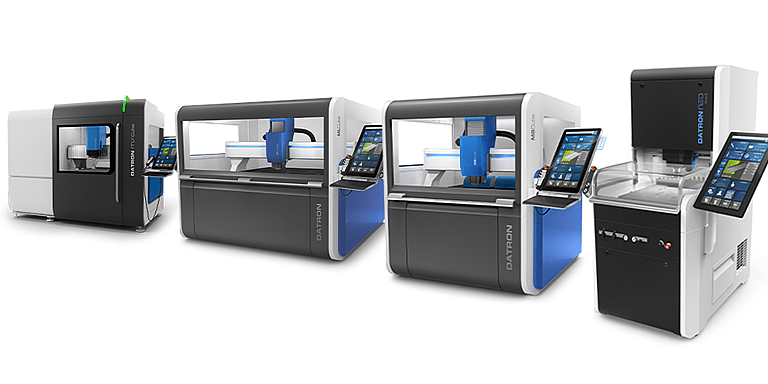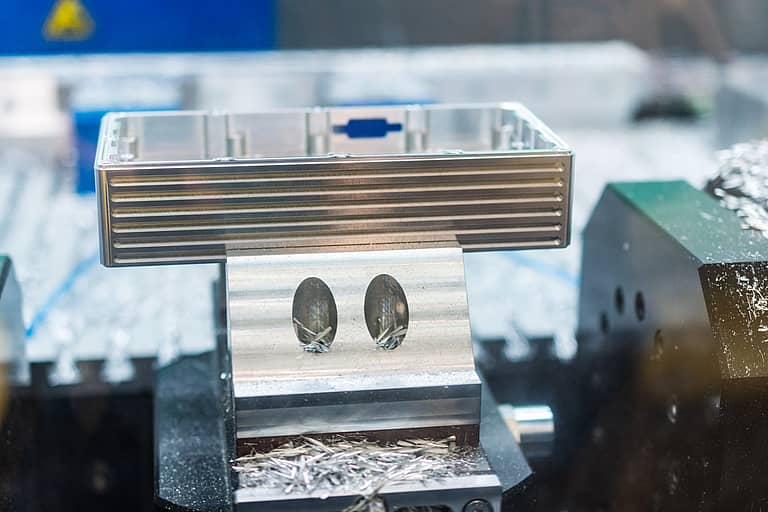
In a world where manufacturers must constantly reinvent themselves to stay competitive, there is an emerging trend in the mold-making business. Traditionally, steel molds could produce millions of high-volume parts lasting many years, if not decades. These molds are expensive to produce and typically have very long lead times, mainly if purchased from offshore companies.
However, manufacturing has changed. More manufacturers produce shorter production runs and a high mix of designs in smaller volumes. This also includes products requiring many design changes over their life cycles. These changes make it very risky for any substantial investments in tooling. The molding industry needs more flexibility, quicker delivery times on tooling, and the capability to make modifications without forfeiting huge investments. As the speed-to-market demand increases with manufacturers, many industries are looking for alternatives to steel molds.
Expanding Beyond 3D Printing

The emergence of 3D printing over the decades has helped evolve expectations of the research and design sector. Design firms and manufacturers now have a rapid and inexpensive way of having complete 3D polymer parts in their hands within hours. The growth of easy-to-use solid modeling software and the quick production capability only compounded the need to create actual finished parts for the design community. With the limitations of 3D printing, such as materials and accuracy, research and design firms began wanting more alternatives to produce accurate and representative pre-production parts. For the molding business, this created a new demand for producing inexpensive molds quickly and, in some cases, preferably in-house.
Advantages of Non-Ferrous Molds
Machining molds in a non-ferrous material can be very cost-effective and have many additional benefits. Common materials for non-ferrous injection molds are aluminum, brass, copper, zinc, and magnesium. These molds are easily machined and can be used multiple times for thousands of parts over the years before the mold degrades.
Other advantages to using a non-ferrous material are:
- Lighter in weight and easier to handle during the set-up process.
- Higher thermal conductivity allows heat to dissipate more during molding, making it easier to control quality and tolerances.
- Better surface finishes on the parts due to the heat dissipation from the mold.
- Non-ferrous molds do not corrode as easily as steel and are better to store and maintain.
- They are non-magnetic, which is an advantage for some applications.
- They are far easier to machine, lowering the mold production cost.
- Intricate details are much easier to machine in non-ferrous materials.
Applications Using Non-Ferrous Molds
In addition to industries requiring smaller production runs, many suitable applications exist for using non-ferrous molds over conventional steel molds. Some of these industries and applications include:
- Specialty injection molding job shops
- Medical and Consumer packaging
- Aerospace patterns for carbon fiber processes
- Food industry, such as chocolate and gummy molds
- Thermoforming of plastics used in aerospace and packaging
- Recognition industry
- Decorative items
- Toys
- Signage
- Jewelry
- Apparel industry
Choosing a CNC Machine for Non-Ferrous Mold Making
When choosing a machining system for non-ferrous mold making, you must consider a machine tool that can leverage the many advantages of working with these materials. Also, a machine capable of fine engraving or detail work strong enough to create quality surface finishes reduces the time needed for second operations such as polishing or finishing. A machine tool with a high-speed spindle is accurate and has a sturdy construction for creating good surface finishes. Typically, a tabletop CNC machine will not offer the stability and accuracy needed to produce a non-ferrous mold effectively. A conventional CNC machine does not provide the spindle speed or efficiency for the detailed engraving often found in these molds. The precision of DATRON machining systems is an excellent solution for these challenges with their high-speed spindle options and robust construction design.
Choosing the Right Size
Depending on the size of your molds, DATRON offers a range of machines with work areas that can accommodate molds up to 40″ x 60″. Some DATRON customers produce small intricate injection molds in aluminum, brass, and magnesium, while others produce larger aluminum patterns for laying carbon fibers. DATRON also has customers machining large thermoforming molds on the MLCube and MXCube models. There are several high-frequency spindle options available that range in RPM and power. For example, there are spindles with up to 60,000 RPM for fine intricate work or spindles up to 8 kwatts for heavy material removal. The unique rigid construction of the gantry style design offers superb finishes, rivaling machining centers that are five times the weight of a DATRON and require less than half the floor space.
Remote Monitoring Capabilities
Due to the size and complexity of the mold design, mold machining typically extends beyond the length of a shift. DATRON’s next Control Software has many unique features such as an automatic tool breakage detection and an app for your smartphone to monitor the machine remotely. Remote monitoring is helpful when the machine must operate through the night.
Certainly, ultra-high volume production molding over many years will likely warrant investing in the traditional steel mold approach. It is important to note that non-ferrous metal molds still offer excellent results concerning longevity for many applications if molds are correctly designed and used within their limitations. In many cases, non-ferrous metal molds may provide extra advantages over steel molds that outweigh the limitations. These advantages include lower costs from faster machining cycle times and better thermal conductivity. You might even find out that machining a new mold several times in aluminum is much cheaper than the one-time cost of a steel mold.

DATRON Has Your Non-Ferrous Molding Solutions!
Suppose you are currently machining non-ferrous molds or want to purchase an in-house system to improve your turnaround time to market. DATRON offers an excellent solution for these scenarios. Don’t just take our word for it. Contact our knowledgeable team of experts for a live or in-person demonstration of how DATRON CNC machines can enhance your machining processes today!







